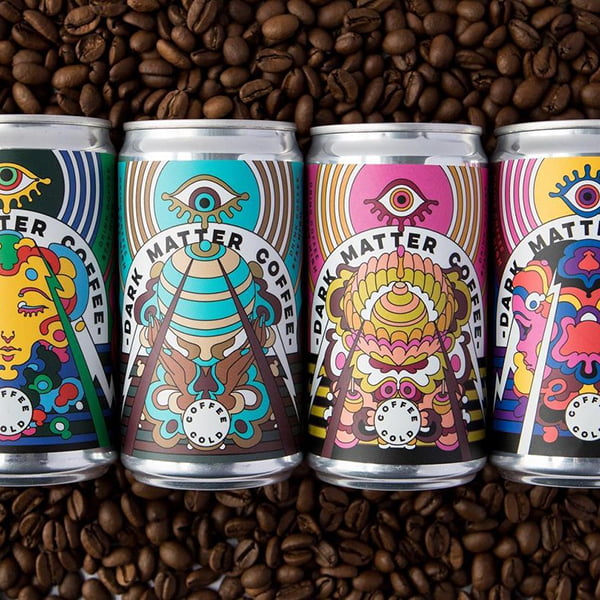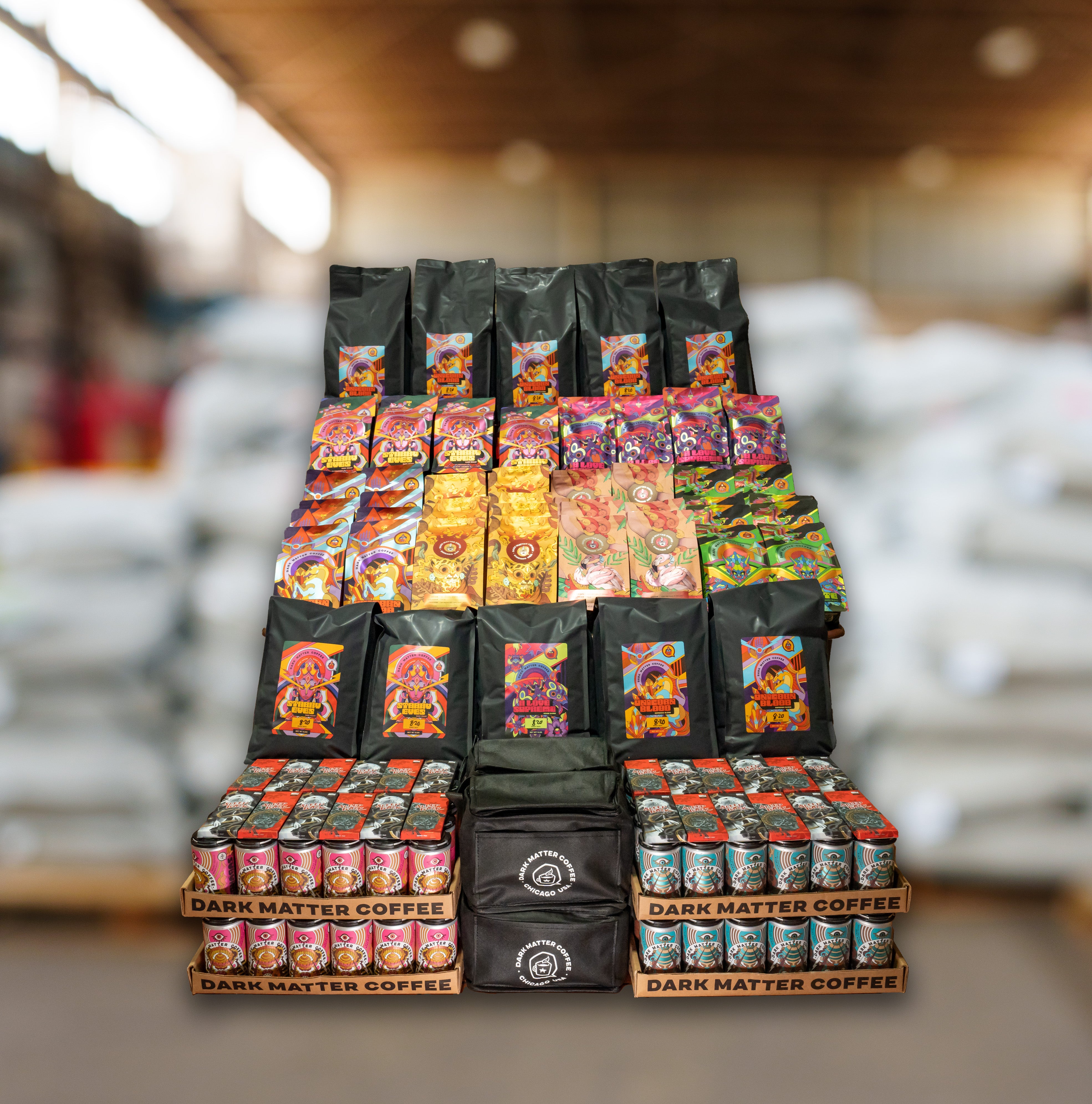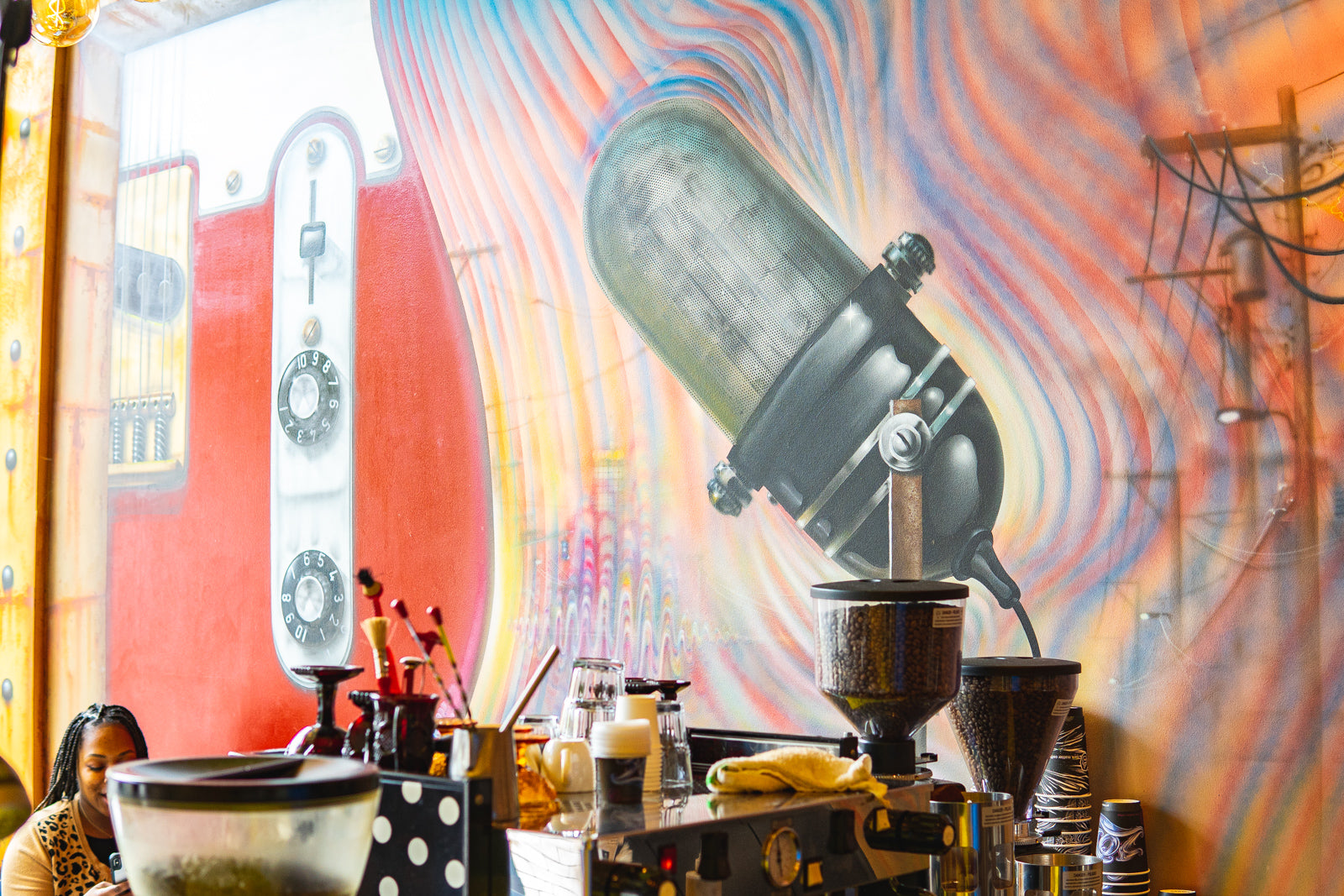Fermentation in coffee refers to the microbial reaction of yeasts and bacteria breaking down the sugars in mucilage. This process produces acids which will later add complexity and depth to a coffee. This activity has been studied and developed in coffee-growing regions everywhere, and great care is taken to understand and expand upon this process. Producers utilize a wide variety of methods to utilize fermentation in their coffees. Some processing methods are practical, such as using microbial activity to break down mucilage and prepare it for drying while others are stylistic, adding layers of acidity and complexity.
AGUA - WASHED
Washed, or Wet Process is a common practice all over the world and is the most widely accepted method in specialty coffee today. Coffee seeds are pulped from their skin and fermented in cement tanks.
Over time the dense layer of coffee pulp breaks down in the water. Once this layer is dissolved the coffee is cleaned and ready for drying. This process greatly controls fermentation and allows for the most consistent and replicable results. With this process you will experience the inherent qualities of the coffee itself.
Controlling and inhibiting fermentation also decreases difficulty in creating a consistent coffee from cup to cup. Expect clean, vivid, and complex flavors in coffees labeled with low fermentation.
FUEGO - EXPERIMENTAL
Our relationships with the families who produce these coffees allow us to experiment with different ingredients and microbes to affect fermentation applied to our coffees. We can take the same coffee from the same lot and explore bean development with this processing, showcasing the complexity and malleability of the bean. From brewing yeasts to hops to fruits and mucilage. Our full range of expression can be found within these coffees.
AIRE - Honey
Overall, Honey Processing is a great way to amplify sweetness and body in a cup. It encompasses many different forms with some methods delivering results much more relatable to a Natural Process.
A common practice in honey processing is to limit or remove water contact to allow the mucilage to coat the coffee beans after they are pulped. This mucilage will continue to ferment until fully sundried, thus stabilizing the coffee.
Coffees treated with this process tend to be universally loved, and a helpful component to pack sweetness into the final cup. These processes typically result in creamy, sweet, and approachable cups of coffee.
Tierra - Natural
The Natural method is simple in process, but one of the most difficult to achieve in execution. The flavors produced from this process can be some of the most complex, intense, and brilliant flavors you can ever experience in coffee.
Producers pick ripened coffees and immediately spread them on raised beds to be sun-dried. The utmost care must be given to limit rupturing or damaging the cherries. When fully intact, the mucilage undergoes an enzymatic reaction that results in the most heavenly, fluffy, fruity aromatics.
Cherries with exposed mucilage allow for microbes to inoculate the fruit and produce sharp, acidic compounds. In balance, coffees undergoing natural processing will have explosive fruit and wine-like nuances in the cup. Done well, this coffee can inspire and awaken a coffee obsession in the most passive coffee palette.

















